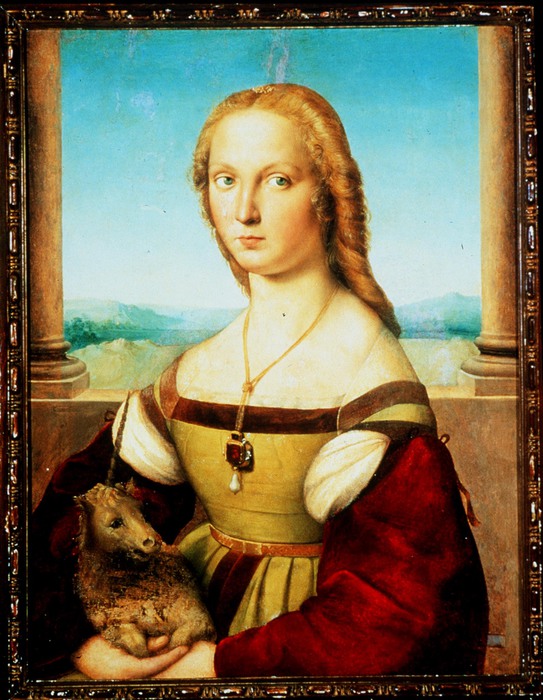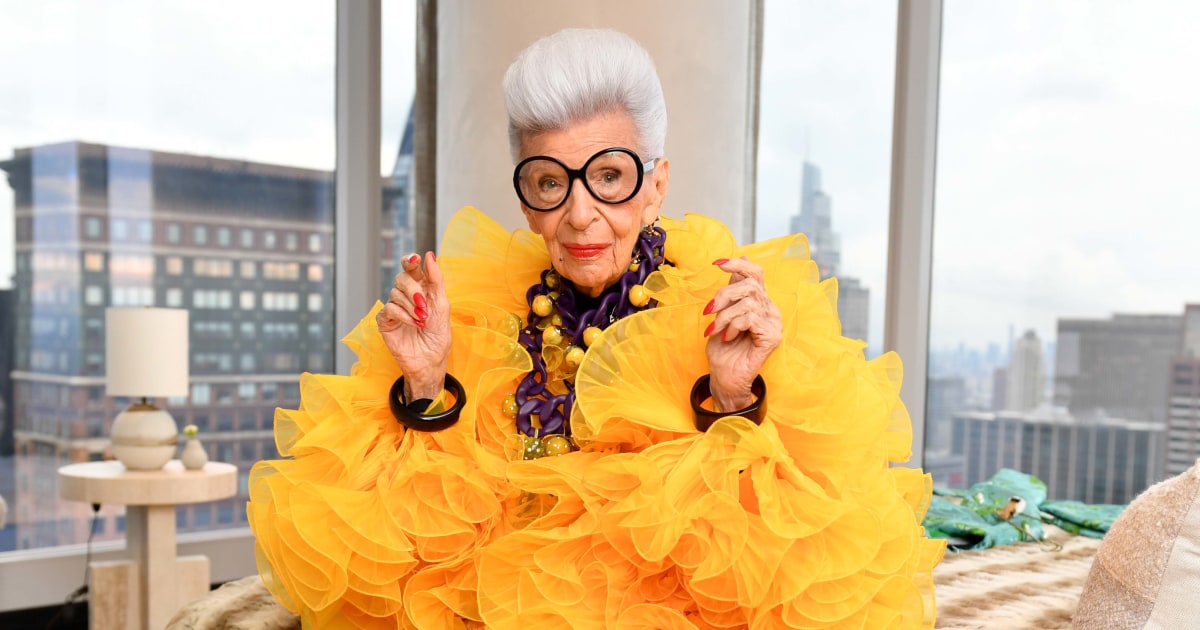Siegfried Kuhnke has collected over 2000 pieces and is making them accessible to those interested in his copper museum in Fischen.
Now the Gdańsk-born collector, who comes from a family of coppersmiths, has expanded the exhibition area by 250 square meters.
Fishing – The metal that literally keeps the world moving today as a conductor in electric motors once had a very different meaning.
It was used to make copper dishes that were used in castle kitchens.
So that this is not forgotten, Siegfried Kuhnke has exhibited a further 500 pieces of crockery in the new room of the museum, many of which come from the court kitchens of the Guelphs.
"Obviously they had hidden their copper dishes well," says Kuhnke, otherwise they would have been confiscated during the war.
The Guelphs probably preferred to cook rather than contribute to the final victory, the expert suspects when it comes to “red gold”, as the metal is also known.
According to Kuhnke, the Habsburgs had even more copper dishes than the Guelphs.
Most of this fell victim to looting or was sold.
Jelly molds from Paris
Kuhnke lives in matter.
A look at the stamp is enough, he knows the abbreviations of royal houses, castles and manufacturers by heart: HvB is Duke of Brunswick, SM is Marienburg Castle, and of course he also knows who Paulmann was.
The museum also conveys a lot about the people of that time.
There are pans with iron handles and pans with copper handles.
Since the metal of the handle doesn't matter, the expensive copper here was just a showoff.
And when you look at the huge warming vessel for grog, you can imagine how much the nobility used to drink.
Influences from the cuisine of other countries can also be seen.
So the jelly molds came from Paris, while the colleagues from the K. and K. monarchy as "sweet food fans built great molds for it".
When it comes to kitchen appliances, Kuhnke humorously explains the function of a small cutting machine: "You can use it to cut marijuana for a joint."
Museum is not acknowledged
Objects from Bavaria can also be seen, such as the relics of a huge stove from Possenhofen, but only the plate with the surrounding protective bar and the nine oven doors, because the stove was too expensive to restore.
Kuhnke: "It would have cost 20,000 euros, but that was too much for me." But he has the only surviving personal copper jug of Ludwig II in his collection.
Kuhnke, who built up the collection over a period of 65 years, thinks it's a pity that the district of Weilheim-Schongau has so little for its sights.
He has the largest museum for marked copperware in his area, but does not particularly appreciate this in his tourism advertising.
Alfred Schubert
info
The copper museum in Fischen is open from Wednesday to Saturday, excluding public holidays, from 10 a.m. to 4 p.m.
Admission is free until Holy Saturday.
More information at kupfermuseumfischen.de.








